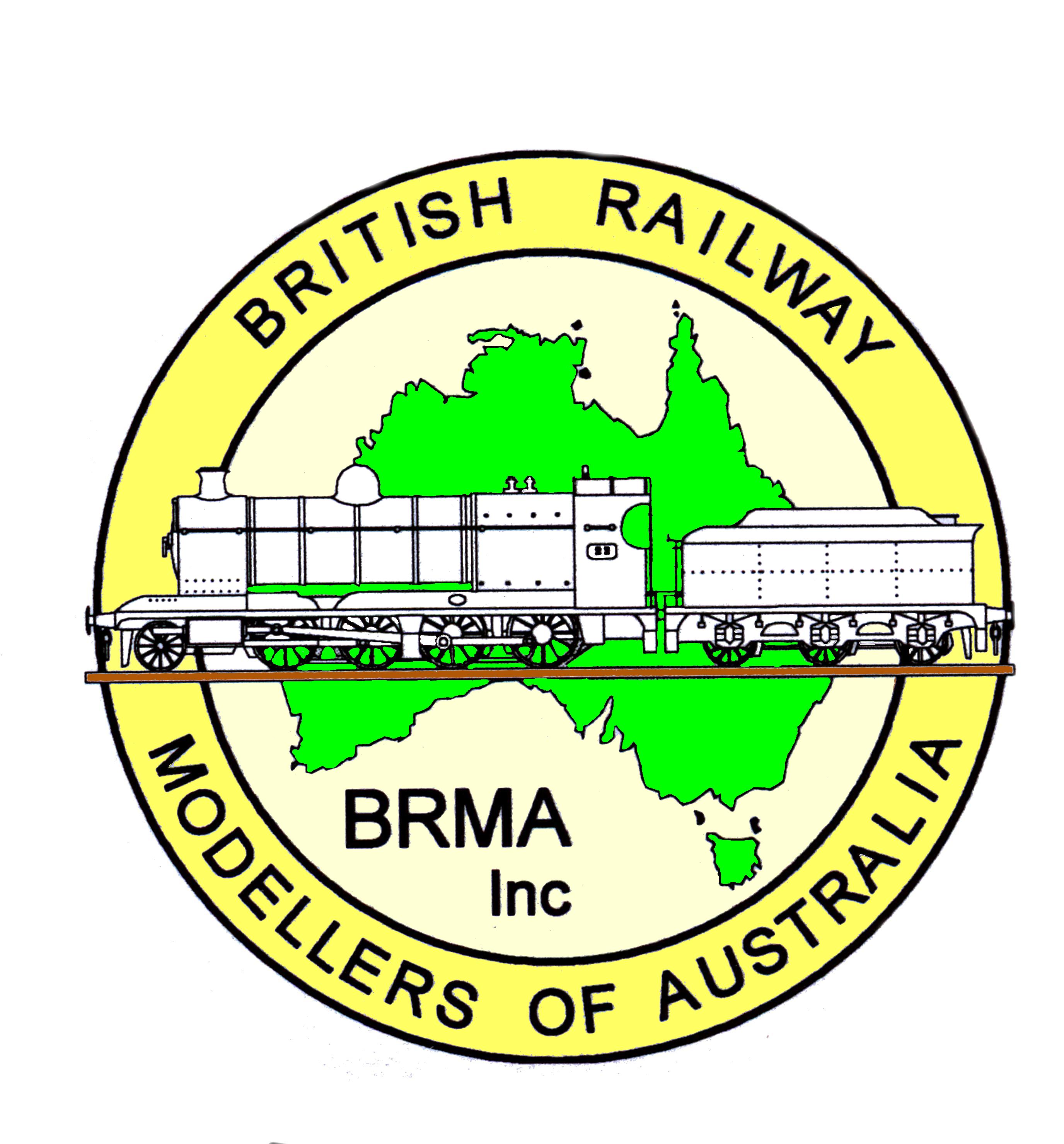NSW - 1156 - Uley Junction - Synopsis
NSW - 1156 - BRMA British Layouts - "Uley Junction" GWR 1900's and 1930's DCC 7mm/O 1:43
Rationale
Uley Junction is an ‘O’ Gauge model and is of a fictitious location based on the practice of the Great Western Railway (UK). The operational concept is provided by Bodmin General in Cornwall (UK) whereby two branch lines ran into Bodmin General and some trains (particularly China Clay goods) needed to be “reversed” for the train to continue from one branch to the other.
Trains are short and typical of branch line operations in the UK. Two periods of operations are intended to be covered: Edwardian (later 1800’s - early 1900’s) and the 1930’s. Not much change occurred in the railway infrastructure in these two periods but there were updates to motive power and rolling stock. Trains that will be seen are passenger push-pull services and also more conventional passenger trains as well as pick-up goods. A specific type of goods were the china clay trains transporting clay mined from the surrounding country, that was cleaned and dried in kilns and sent to the local docks for trans-shipment throughout the world. A very significant industry is still in existence today.
The Model
Uley Junction was designed from the outset as a portable layout for Exhibition purposes. There are 4 scenic boards of 1.2m each. The fiddle yard represents the two branch lines and combines a “train turntable” that can turn a whole train to a maximum length of 1.2m. Hidden storage tracks run back under the embankment and provide space for up to 4 “off-scene” trains. Uley Junction is an ‘O’ Gauge (7mm / foot) end-to-end fiddle yard to terminus layout. The model is to Finescale standards with the gauge of 32mm.
The layout is operational but there is considerable scenic and architectural work yet to be done. Motive power and rolling stock are being gradually acquired or built from kits. Exhibition in this state is intended and can provide a means for the public to see how a layout might be built.
The layout requires an operational space 1.6m wide and 6.5m long. There is no allowance, in these dimensions, for space for operators or the public viewing the layout from the front. Space is required behind the layout for operators, and it is intended that the layout be operated from the front to facilitate interaction with those viewing. The layout can be operated by 1 – 3 personnel.
Operation
The layout uses DCC (Digital Command Control) (NCE – North Coast Electronics: USA) to run the locomotives which are all sound equipped using ESU Loksound decoders (Germany). NCE Throttles may be plugged in at any of the several connection points at the front and rear of the layout.
Control Panels that mimic each other are installed at both the rear and front of the layout so that operations can be performed from either side. Push buttons operate signals and turnouts.
Computer control is built-in and uses JMRI (Java Model Railway Interface: USA / Open Source) software running on a Windows 7 platform.
Trains can be run via the conventional NCE throttle or by throttles on the computer supported by JRMI. JMRI also can set the routes by sending DCC commands to the Tortoise type slow motion motors fitted with DCC Auxiliary Decoders.
Signals are operated by Servo motors which are controlled by Megapoints electronics (UK).The DCC commands for the signals are issued from the Control Panels and from the NCE Throttles. It is intended that JMRI also be configured to operate the signals.
